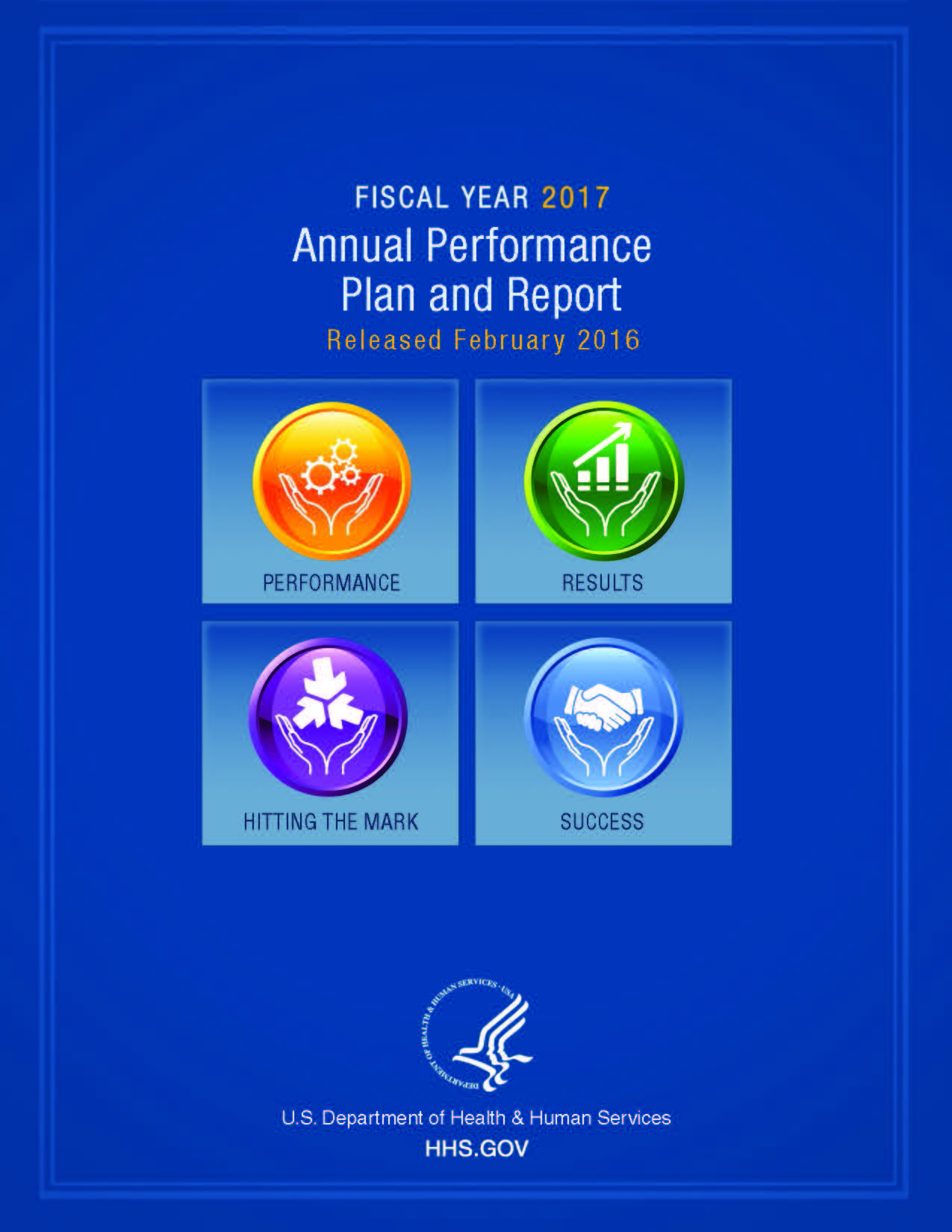- Home
- Agencies
- Department of Agriculture
- Department of Housing and Urban Development
- General Services Administration
- Department of Commerce
- Department of the Interior
- National Aeronautics and Space Administration
- Department of Defense
- Department of Justice
- National Science Foundation
- Department of Education
- Department of Labor
- Office of Personnel Management
- Department of Energy
- Department of State
- Small Business Administration
- Environmental Protection Agency
- Department of Transportation
- Social Security Administration
- Department of Health and Human Services
- Department of the Treasury
- U.S. Agency for International Development
- Department of Homeland Security
- Department of Veterans Affairs
- Goals
- Initiatives
- Programs
Primary tabs
Strategic Objective
Improve HHS environmental, energy, and economic performance to promote sustainability
Strategic Objective
Progress Update
Please note that this section summarizes the result of the FY 2014 HHS Strategic Review process, limiting the scope of content to that available prior to spring of 2015. Due to this constraint, the following may not be the most current information available.
Conclusions: Progressing
Analysis: HHS has made progress improving environmental, energy, and economic performance to promote sustainability, as demonstrated by performance measures.
The performance measure focused on reducing HHS fleet emissions continued to exceed the target. In addition to reducing overall fleet emissions, HHS also reduced its vehicle inventory by an additional 8 percent overall, and also added two plug-in electric vehicles to the fleet while placing alternative fuel vehicles in locations where alternative fuel is more readily available. The performance measure focused on ensuring power management being enabled in 100 percent of HHS computers, laptops, and monitors improved from the previous measuring period. The performance measure focused on increasing the percent of employees on telework or on an alternate work schedule seemed to have a substantial decline with inconsistent trends over the past three years. However, further study revealed that the methodology behind the measurement was adjusted for this year. If prior years had been adjusted to use this methodology, this year would have shown a small but measureable increase over prior years.
Organizations within HHS also excelled in this area. The CMS Headquarters Complex achieved 64 percent waste diversion, exceeding an Executive Order that targeted 50 percent reduction. IHS has met its target for FY 2020 greenhouse gas emissions. During 2014, SAMHSA experienced a 12.6 percent decrease in annual electricity usage.
HHS will continue to explore opportunities to reduce the HHS footprint by consolidating office space, expanding telework, and seeking to recycle or reduce energy usage. A challenge for some HHS Divisions which are part of larger federal efforts to consolidate office space is that these efforts are sometimes delayed. These delays lead to additional costs in supporting multiple locations, and delay the reduction of the HHS footprint. Some HHS Divisions are challenged in adhering to the “Freeze the Footprint” mandate while also adding FTE resources to meet new mandates. There are sometimes challenges maintaining compatibility with applicable state and local recycling.
HHS will continue to explore policies and technologies that will help to expand telework, a primary strategy to reduce scope 3 emissions associated with commuting. In addition an HHS Division is currently pursuing a LEED Silver rating for new construction of its central office, to include a geothermal system, a photo-voltaic array, and a green rooftop reduce the use of carbon based energy and waste.








